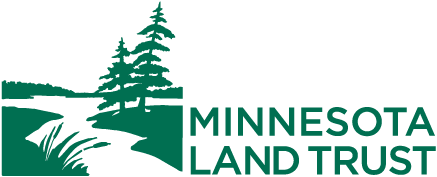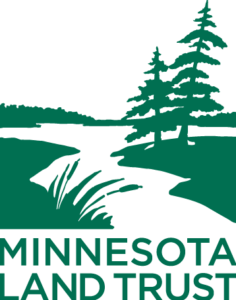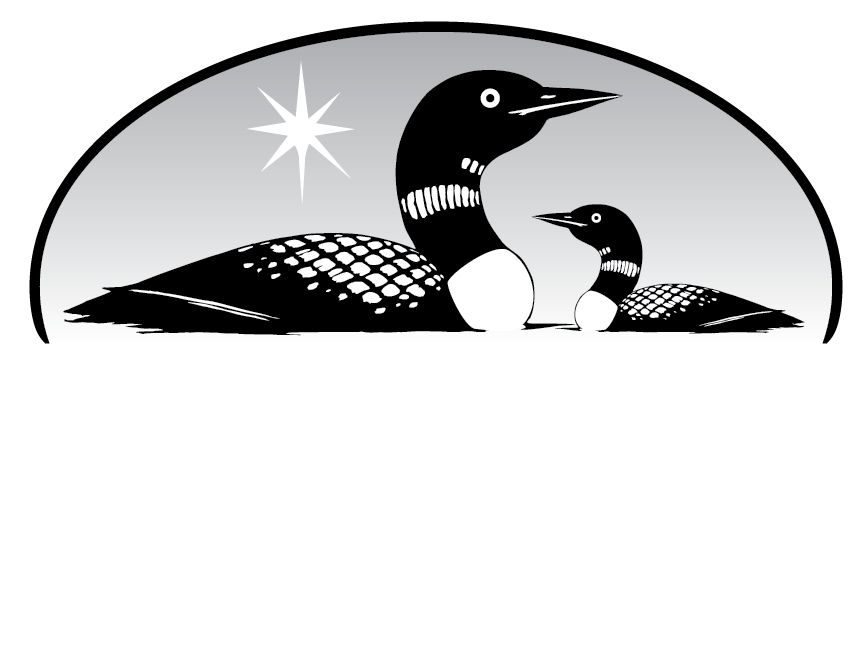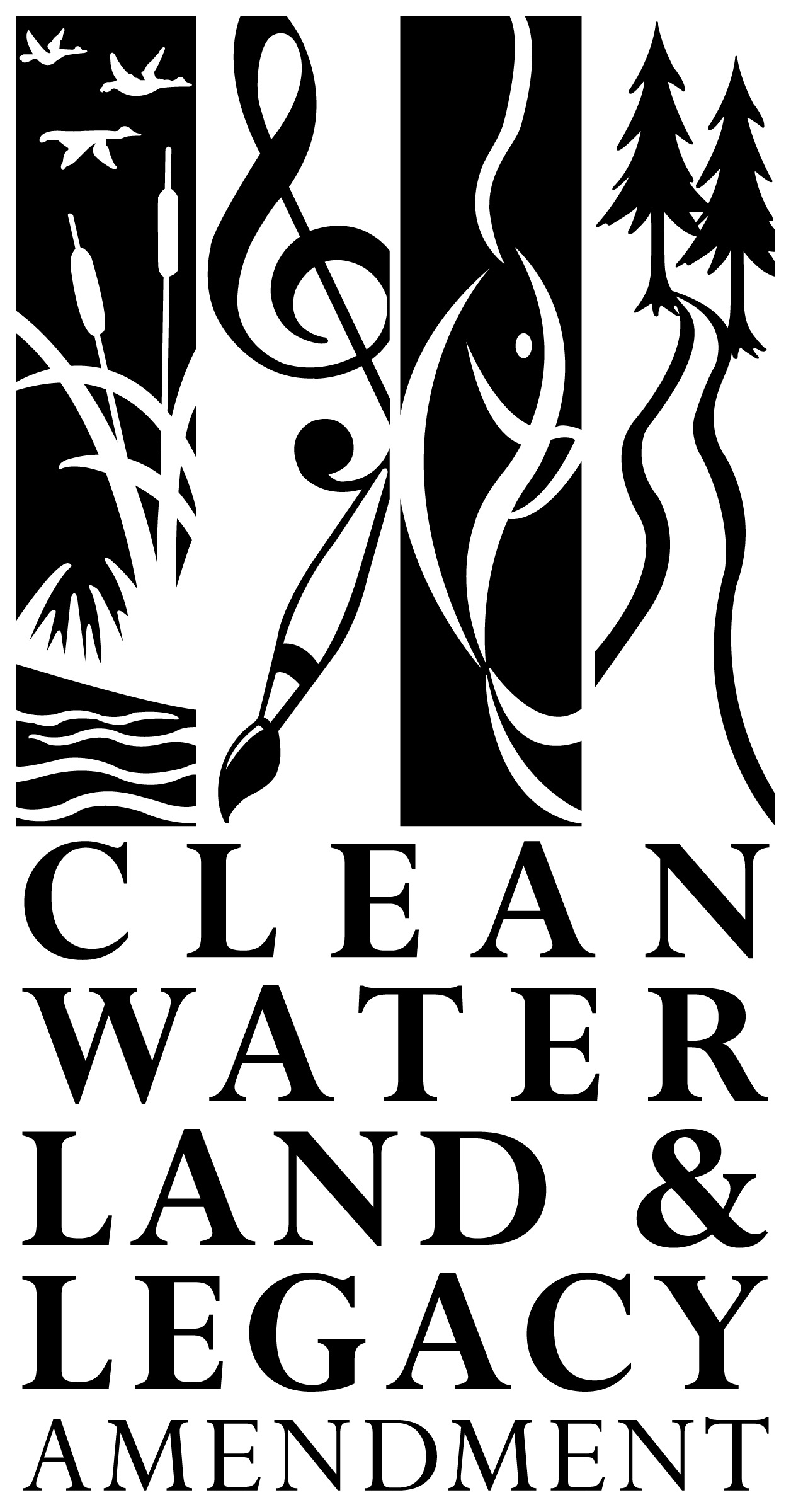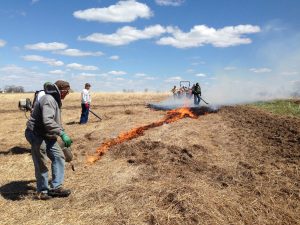 For thousands of years, prairie fires were common across much of Minnesota. Some were naturally-occurring events and some were set by Native Americans as a way to rejuvenate the prairie. Many of today’s landowners use prescribed fires to restore the land.
For thousands of years, prairie fires were common across much of Minnesota. Some were naturally-occurring events and some were set by Native Americans as a way to rejuvenate the prairie. Many of today’s landowners use prescribed fires to restore the land.
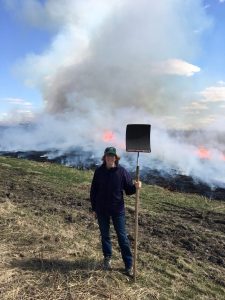 A few weeks ago we joined Dr. Dick Huston as he held a prescribed burn on his property that is protected by the Minnesota Land Trust. Every year Dick burns 1/4 of his prairie lands, giving it time to regenerate in the off years. With a crew of eight, the burn took about three hours from start to finish (not counting plowing fire breaks beforehand). The burn was held before early May in order to not disrupt nesting birds like pheasants.
A few weeks ago we joined Dr. Dick Huston as he held a prescribed burn on his property that is protected by the Minnesota Land Trust. Every year Dick burns 1/4 of his prairie lands, giving it time to regenerate in the off years. With a crew of eight, the burn took about three hours from start to finish (not counting plowing fire breaks beforehand). The burn was held before early May in order to not disrupt nesting birds like pheasants.
Less than one percent of the native prairies remain in Minnesota. That decline is troublesome as these prairies are a unique ecosystem that protect against runoff and flooding and provide habitat to many important species, like pollinators. It’s imperative to keep the remaining prairies in a healthy, thriving condition.
So why burn a prairie? Burning helps suppress non-native, invasive plants and woody shrubs that could easily take over if not held in check. The long roots of prairie plants help them survive the burn, and the blackened soil heats up faster which is good for warm season grasses like Big Bluestem. As those grasses thrive, wildlife like bobolinks, sharp-tailed grouse, and prairie chickens that rely on the grass for nesting also thrive.
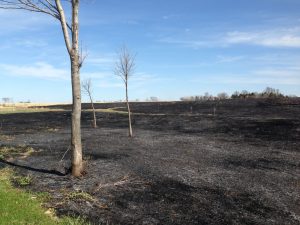 Thank you to Dr. Dick and Nancie Huston for inviting us to be a part of the prairie burn crew.
Thank you to Dr. Dick and Nancie Huston for inviting us to be a part of the prairie burn crew.
Before considering a prescribed fire consult with the Minnesota DNR.
